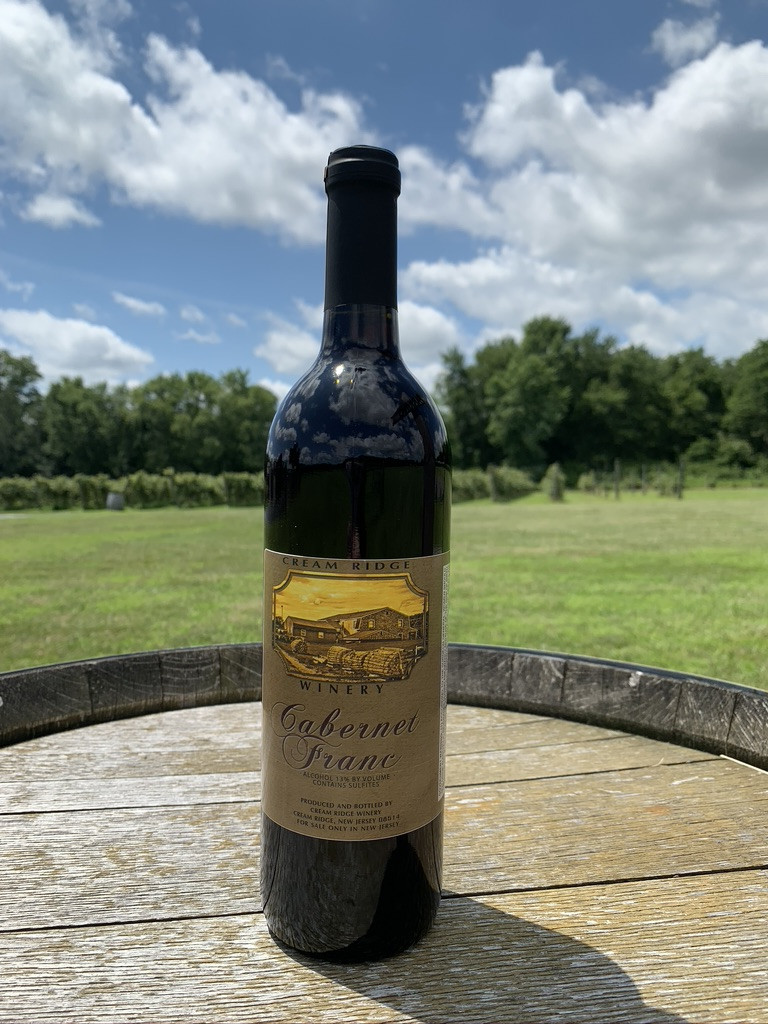Your intrepid liquor reporter was gobbling down bratwurst and sauerkraut last week at the Wiener Schnitzel Haus, a German restaurant in Calgary’s Bowness neighbourhood.
While there were an assortment of fine German beers on the menu, the server recommended a few wines from his ancestral home, the Pfalz region of Germany.
For the non-Teutonic readers in the audience, Pfalz is the second largest wine growing region in Germany, closely following the Rheinhessen wine region, located immediately to the south.
Wine has been cultivated in the Pfalz region for two millenia, with those wine-loving toga-wearing party animals from the Roman Empire introducing the first vines right around the year 1 CE.
Yes, gentle reader, most of western Europe was under the sway of the Roman Empire in those days, with what is now modern-day Germany being no exception.
The area was ruled by Roman officials from the nearby city of Heidelberg, and referred to the area as Palatium, which is the Latin word for palace, which translates to Pfalz in German.
When the so-called barbarians from the wild lands of Germania overthrew the Roman Emperor in 476 CE, it marked the end of Roman influence in Germany, which sent the German wine industry into dormancy until Christian missionaries restarted wine production in the 7th century.
During the feudal periods in the Middle Ages, the Pfalz region was briefly controlled by various European powers, including France, Austria, and Bavaria, finally becoming part of the unified country of Germany in 1871.
As you might expect from a German wine region, the dominant grape is Riesling, followed by Pinot Noir, which is referred to as Spätburgunder in Germany.
Attentive readers may have noticed that these are grape varietals also common in the Alsace region of France, located just across the shared border. With similar climates, and both regions having alternated between French and German rule over the centuries, it is no surprise that these adjacent wine regions produce similar grapes.
While Germany is best known for its white wines, the Pfalz wine region is rapidly approaching even parity, with 60% white grapes planted, and 40% red, with the red rising just a little bit each year.
The experienced boozers in the audience will recognize the German grapes that are commonly exported, including Riesling, Gewürztraminer, Grauburgunder (aka Pinot Gris), Weissburgunder (aka Pinot Blanc), and Spätburgunder (aka Pinot Noir).
There are a few other red grapes that are native to Germany, but rarely seen here in North America.
Fortunately, the Wiener Schnitzel Haus had recently received a shipment of German red wines, including Dornfelder, Trollinger, and Müller-Thurgau.
Several different glasses were sampled around the table, but we kept coming back to the Spätburgunder (aka Pinot Noir), possibly because it was already familiar to our North American palates.
As a cool climate wine country, Germany is best known for white wines, with the Pfalz region accounting for around one-third of the German wine industry.
Your humble narrator couldn’t get enough of the Von Winning Spätburgunder, which tasted remarkably like the Alsatian Pinot Noir from just across the border. With notes of cherries on the nose, followed by hints of dark chocolate on the palate, this was a light-bodied red wine with firm tannins that pairs well with Spätzle or chicken sausage.
Most of my drinking companions favoured the Riesling, which is not surprising in a German restaurant, as Riesling is the reigning champion of German grapes.
Riesling is a particularly aromatic grape, with plenty of floral and perfume scents on the nose. Dry Rieslings are generally consumed fairly young, which enhances their fruity notes of grapefruit and peach. However, due to its relatively high acidity, Riesling tends to age quite well, with some of the most expensive and rare German vintages being aged for over a century!
As an unexpected bonus after dinner, our server produced a bottle of Sekt, which is the German version of sparkling wine. Unlike French Champagne or Spanish Cava, German Sekt is produced the same way as Italian Prosecco, with the wine undergoing secondary fermentation and carbonation in a pressurized steel vat, then bottled under pressure for retail markets.
If you would like to expand your wine horizons, wander down the German aisle of your local wine store, and you will find Rieslings and Spätburgunders at every price point!






